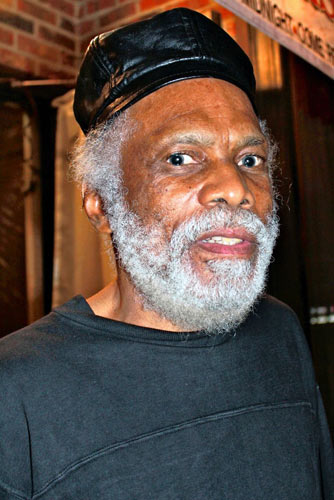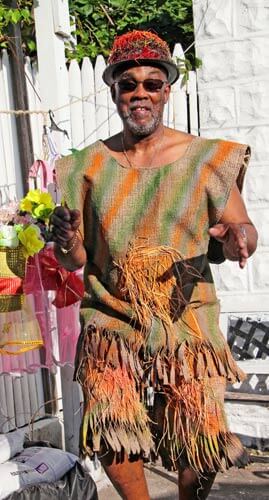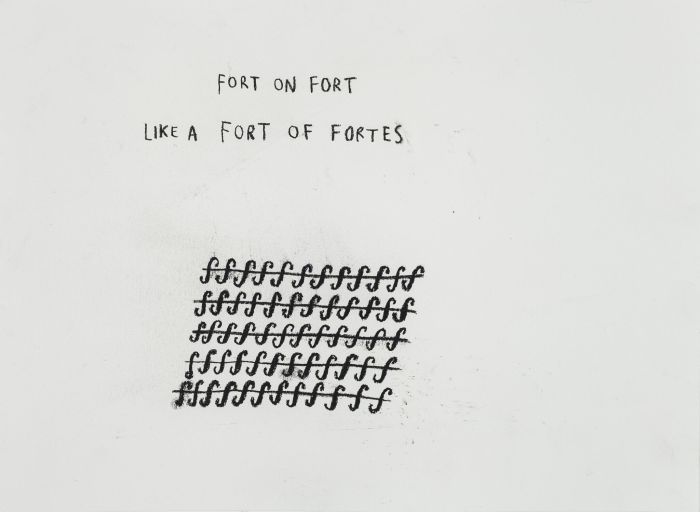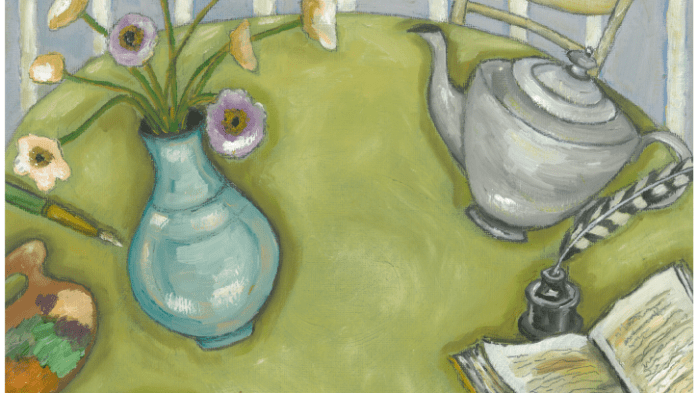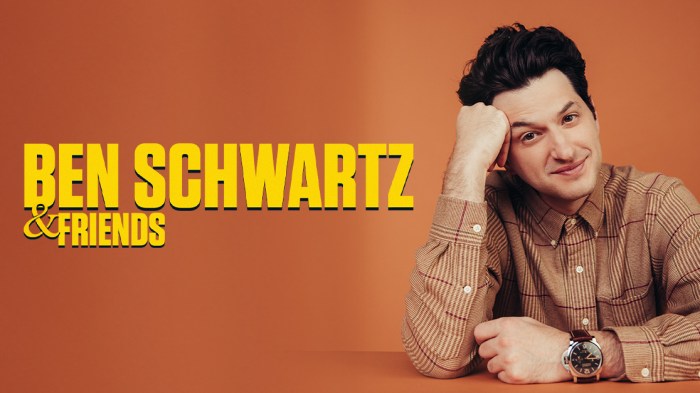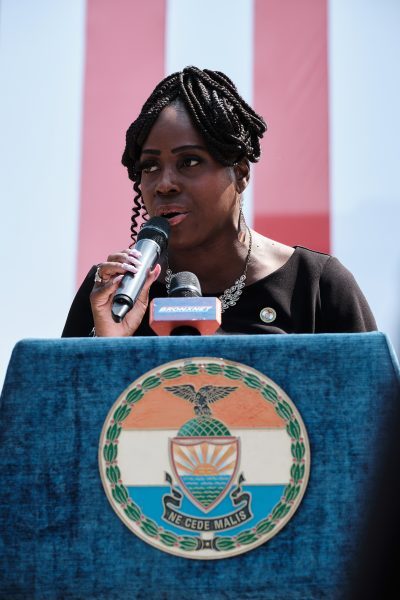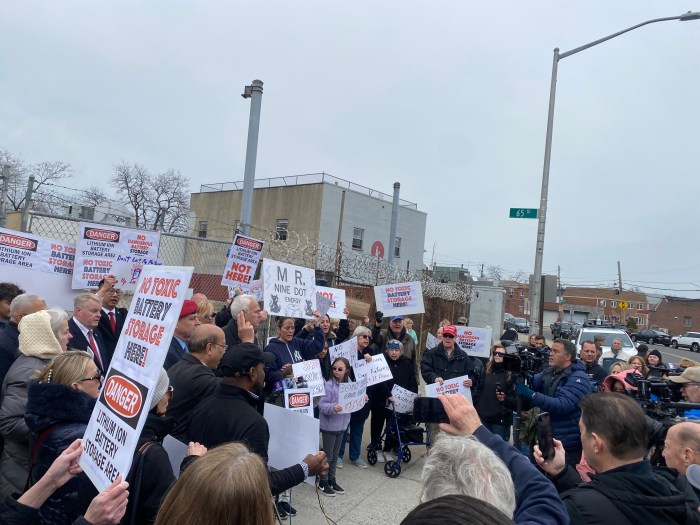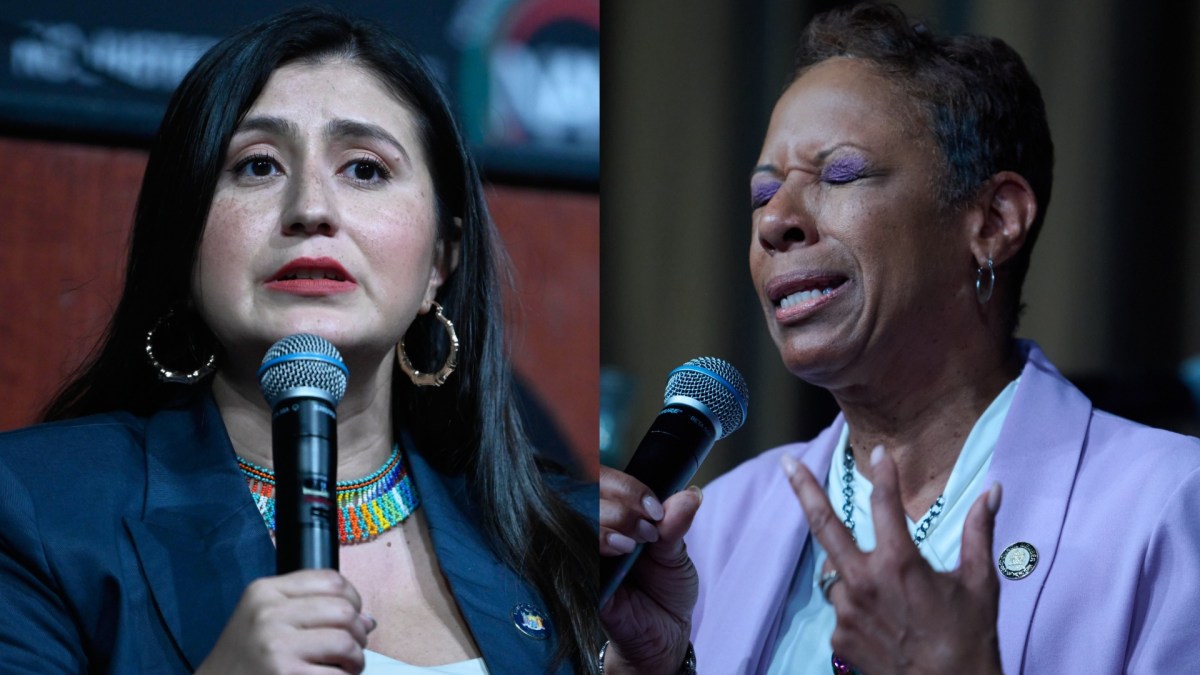Three decades ago when I was arts & entertainment editor at the city’s only Black daily newspaper, I happened onto a front page story that carried a banner I felt unfairly attributed a crime to the West Indian Day carnival festivity on Labor Day.
The headline read: “All I have is one dead body.”
With quotes from a grieving mother, the story detailed the murder of a young man after the parade.
I recalled talking with the writer about the sensational headline which I thought disparaged the parade since the killing had nothing to do with the event.
The author told me he too was upset with the headline, which he said his editors wrote without his consultation.
That year, I had attended, enjoyed and reported positively on the parade and had no knowledge of the unrelated felony, which took place on the same day.
The placement and association with the Caribbean revelry was not unusual at that time. That was the reputation and image many maintained when the Caribbean annual event was a mere 14 years old.
Despite the fact, the parade attracted huge numbers of spectators it received little attention and when it did was often negative.
This newspaper was not in existence and except for the Daily Challenge, Big Red News, and the Amsterdam News, mainstream media relegated Labor Day parade coverage to the union march in Manhattan.
As a matter of fact, with every major political contender jockeying to be grand marshal there, Brooklyn it seemed was a no-news zone except when crime prevailed.
Radio and television outlets ignored the millions who masqueraded in Brooklyn.
However, as Caribbean-oriented publications emerged and the parade grew to dominate every other news item of the day, television stations began dispatching crews – many secured with members of the NYPD as their constant companions.
Some media houses even sent teams to various locations in order to get a better coverage of the one-day event, which attracted tourists from all regions of the world as well as citizens who did not discriminate by waving flags of the world.
As the years passed, mainstream media seemed to focus heavily on the annual spectacle. Their prominence and huge demographics overshadowed minority media.
And police seemed to exhaust their energy on diverting some members of minority press from key spots along Eastern Parkway.
The Brooklyn Museum seemed a sensitive area.
For years, it seemed the most hostile police officers would ‘harass’ members of minority media at that location.
By the time Crown Heights erupted and 777 Eastern Parkway became another protected zone, yours truly felt it necessary to wear a hard hat helmet with the word “PRESS” blazoned on the back.
In order to avoid disputes, I would carefully seek out Community Affairs officers or in their absence resort to finding a commander-in-chief to negotiate and mediate. The most common disputes involved police officers claiming they did not know what an official press pass meant or that they maintained authority to overrule any credential.
With so many photographers working for the Black press denied access; mistreated by cops or ignored few bothered to venture where mainstream media enjoyed all-access.
It was if the police regarded the Black media persona non grata.
Throughout the years, many reporters working for minority media have either chosen to ‘cover’ jouvert, refrain from the parade route or remain vigilant against police encounters.
In retrospect, Carlos Lezama, founder and chairman of WIADCA took an interest ensuring that all media received the same courtesies. The year he first scouted about on a golf cart, he monitored some of those injustices and would alert community affairs units that Black press had been his most ardent supporters when it was not fashionable for other medium to report on the Caribbean fete.
Some of us who persevered through the years of chain snatching episodes from roving bands of disruptive teenagers; witnessing injuries caused by big trucks (preventive measures enacted by police manned trucks) or any other hazards can readily relate to problems with security at the WIADCA event.
Since this millennium, WIADCA has enjoyed all-day, live broadcasts and glowing reports of populations that attend the spectacle. The four days preceding the Eastern Parkway parade still lacks the kind of exposure WIADCA might appreciate.
The one constant is that some cops often still behave badly.
Some it seems resent the naked displays paraded along the thoroughfare.
While some might also be offended by the foreign foods, music and tongues; the proliferation of alcoholic beverages, or what they might consider a blatant disregard of authority, the mimicry of icons, the various flags, the big trucks, the disjointed parade, and mostly that it is a sanctioned event by the city.
It is not unusual to see wary police officers, posturing attitude with evil-eyed expression glaring as if to invite a confrontation.
Then there are those who through the years watch with tolerance.
Some manage to join in the frolic.
Others choose to learn a new cultural expression.
And some who are downright welcoming of a fun day in Brooklyn.
As a matter of fact, the latter represents those who seem to avert violence and threats of violence.
Fortunately or unfortunately no elected officials have ever encountered the kind of verbal assaults, provocations and restrictions from NYPD that many minority reporters will readily attest…until recently when a councilman found himself on the receiving line.
Hopefully, his unfortunate experience will enable better understanding between members of the NYPD and the total community which they serve.
Let’s not go back, ‘we have come too far to turn back now.’


